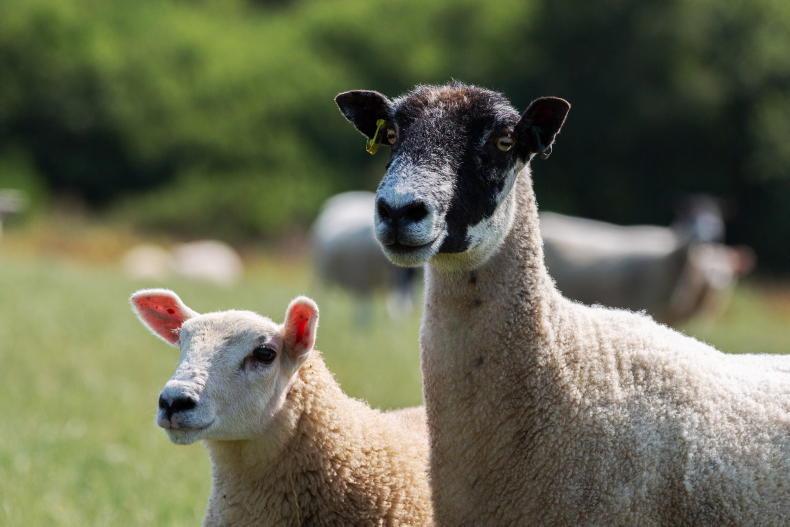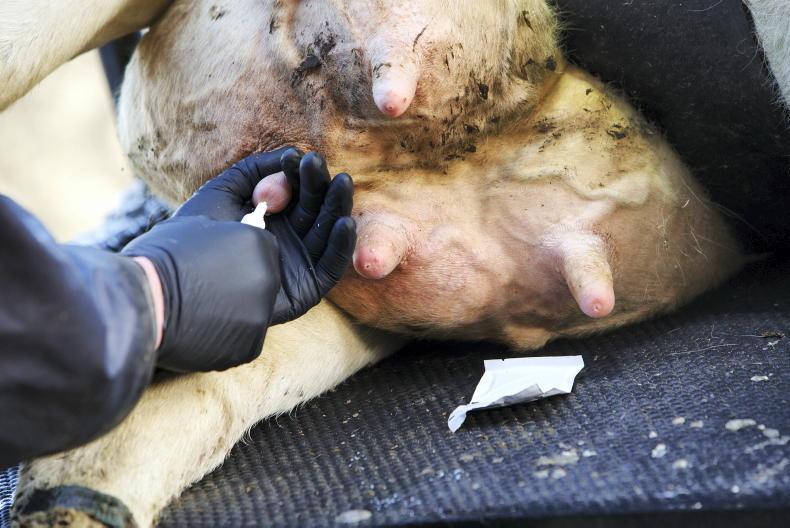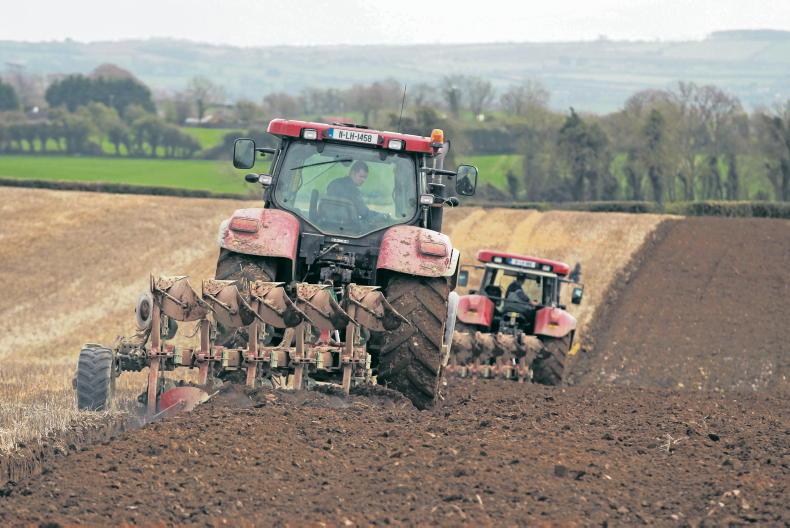Fodder: The situation with fodder has got worse with only tiny increases in grass growth rate recorded on page 34. Growth rates should increase further next week though, as higher air temperatures are being forecast. That said, it will be a few weeks before the handbrake can be let off on most farms.
Those that have grazed very little of their farm still have a lot of grass on hand. While heavy land is wet now, there should be an opportunity to get cows out soon.Farmers who have grazed a high proportion of their farm and have a low average farm cover will have no choice but to house cows. It’s better to house them now and conserve grass for later. I would prefer to see cows on a rising plane of nutrition (grass) in the last three or four weeks before breeding. Animals that go from a low, to a high plane of nutrition, have better fertility results than other combination.Farmers who are short of grass and silage are in real trouble. They need to buy in silage. Extra concentrates will help to reduce reliance on silage, but don’t feed more than 50% meals. High-fibre feeds, such as pulps and hulls, should be fed instead of high starch feeds. Luckily enough, there is feed available. Talk to discussion groups, feed merchants and advisers if you need to buy silage or if you have surplus that you’re willing to sell. If tight, fodder stretcher rations are available and these should be fed to youngstock, dry cows and cattle. Surplus animals should be sold.
Damage: Paddocks that were damaged while grazing should be left well and good alone. There is a temptation to roll or chain harrow damaged sections. All this does is damage the regrowth and depress subsequent growth. That’s the last thing you want to be doing now. Best policy is to graze them at a light cover in dry weather during the second round in late April or early May. Cows will level any pug marks themselves.
Most damage done will recover quickly by itself – mechanical intervention slows down recovery. If you feel you need to do something, spread a bag or two per acre of 18:6:12 on the worst affected sections.
Derogation: The closing date for nitrates derogation application forms is 20 April. It’s the same date for receipt of fertiliser accounts for 2017. Farmers who have stocking rates in excess of 170kg of organic nitrogen must have a derogation. If you’re on the edge, it is better to go for the derogation. Exporting slurry is an option, but with soil fertility low on most farms, exporting nutrients is very questionable. Set up an appointment with your adviser and get all the necessary paperwork together in advance. On page 54, we have details of the extra phosphorus allowance for low soil index farms. Index 1 soils are permitted to spread an extra 1.5 bags/acre of superphosphate with index 2 soils allowed to spread one bag per acre. There are a number of hoops to jump through to get the allowance, but it’s good to see farmers getting the leeway to spread more where it’s needed.
Fodder: The situation with fodder has got worse with only tiny increases in grass growth rate recorded on page 34. Growth rates should increase further next week though, as higher air temperatures are being forecast. That said, it will be a few weeks before the handbrake can be let off on most farms.
Those that have grazed very little of their farm still have a lot of grass on hand. While heavy land is wet now, there should be an opportunity to get cows out soon.Farmers who have grazed a high proportion of their farm and have a low average farm cover will have no choice but to house cows. It’s better to house them now and conserve grass for later. I would prefer to see cows on a rising plane of nutrition (grass) in the last three or four weeks before breeding. Animals that go from a low, to a high plane of nutrition, have better fertility results than other combination.Farmers who are short of grass and silage are in real trouble. They need to buy in silage. Extra concentrates will help to reduce reliance on silage, but don’t feed more than 50% meals. High-fibre feeds, such as pulps and hulls, should be fed instead of high starch feeds. Luckily enough, there is feed available. Talk to discussion groups, feed merchants and advisers if you need to buy silage or if you have surplus that you’re willing to sell. If tight, fodder stretcher rations are available and these should be fed to youngstock, dry cows and cattle. Surplus animals should be sold.
Damage: Paddocks that were damaged while grazing should be left well and good alone. There is a temptation to roll or chain harrow damaged sections. All this does is damage the regrowth and depress subsequent growth. That’s the last thing you want to be doing now. Best policy is to graze them at a light cover in dry weather during the second round in late April or early May. Cows will level any pug marks themselves.
Most damage done will recover quickly by itself – mechanical intervention slows down recovery. If you feel you need to do something, spread a bag or two per acre of 18:6:12 on the worst affected sections.
Derogation: The closing date for nitrates derogation application forms is 20 April. It’s the same date for receipt of fertiliser accounts for 2017. Farmers who have stocking rates in excess of 170kg of organic nitrogen must have a derogation. If you’re on the edge, it is better to go for the derogation. Exporting slurry is an option, but with soil fertility low on most farms, exporting nutrients is very questionable. Set up an appointment with your adviser and get all the necessary paperwork together in advance. On page 54, we have details of the extra phosphorus allowance for low soil index farms. Index 1 soils are permitted to spread an extra 1.5 bags/acre of superphosphate with index 2 soils allowed to spread one bag per acre. There are a number of hoops to jump through to get the allowance, but it’s good to see farmers getting the leeway to spread more where it’s needed.










SHARING OPTIONS